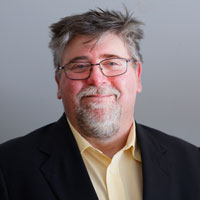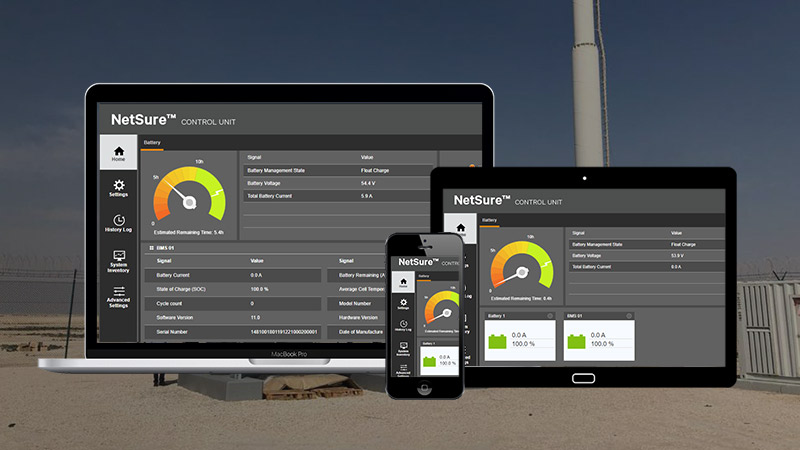As electricity providers around the world increasingly struggle to balance supply and demand, many have adopted pricing policies to help manage the strain on their grids. These policies are used as levers to reward customers for balancing their grid by persuading them to defer (or shift) their use of electricity, and they are concepts telecom operators must know and understand.
The first policy is Time of Use. This is when the cost of electricity is predictable by day and time, allowing consumers to plan when to use electricity from the grid – and, just as importantly, when to defer use of grid electricity in favor of on-site power. Time of Use is common in many parts of the world, including Ireland and Sweden in Europe, India and Pakistan in Asia and the Middle East, and in parts of Canada and the U.S. – specifically Ontario and California – in North America.
Demand Pricing is not predictable, and surge pricing is intentionally painful in an effort to suppress demand. Utilities with Demand Pricing require consumers to react when prices escalate. Utilities everywhere, such as Reliant Energy in Texas and EnergiNet in Denmark, are adopting Demand Pricing.
There are two adaptive strategies telecom operators can use to address these utility policies:
a. Peak Shifting for utilities using predictable Time of Use tariffs
b. Peak Shaving for utilities with unpredictable surge rates and volatile Demand Pricing
The Vertiv™ NetSure™ Control Unit (NCU) enables both strategies. Let’s look at each in greater detail.
Peak Shifting for Planned Time of Use Utility Pricing
With Peak Shifting, the telecom carrier can plan a repeating routine that defines high- and low-cost operating periods. In a high-cost period, the rectifier reverses its relationship with the battery and turns down, allowing the battery to support the load. The rectifiers never turn off completely, but maintain a hot standby position, always available and never compromising the ability to deliver service.
Once the site enters its planned low-cost operational period, the rectifiers resume the primary role of supporting the load and recharging the battery, until the next planned cycle is scheduled. These load shifts are as regular as the clock.
This technique marries well with the introduction of lithium-ion batteries that use less space, recover faster and are more robust than lead-acid batteries. We will talk more about lithium-ion batteries and the NetSure™ controller later in this blog series.
Peak Shaving for Unpredictable Utility Surge Pricing
Peak Shaving allows operators to shift a site load in real time when demand spikes and Demand Pricing drives the cost of electricity up.
A great example of the need for Peak Shaving is Energinet of Denmark, whose cost of electricity fluctuates by the hour, every hour. On December 14, 2021, the cost to operate was 34.52€ cents per kWhr at 5 p.m., but by 8 p.m. the cost dropped to 13.2€ cents per kWhr. If we look at the month of December, the cost of electricity (Energinet DK1) ranged from 0.57€ to 62.0€ cents per kWhr.
Peak Shaving is an effective strategy for this unpredictable operating cost. By utilizing an integrated energy control center that can remotely change the primary power source, operators can reduce the draw from the grid during peak times. With Peak Shaving, operators move the site to battery or other energy sources, such as a generator or fuel cells.
This technique can also marry well with solar, reducing the cost of operation during the day and lowering the use of backup energy – fuel and battery – when a site disconnects off the grid.
Peak Shifting and Peak Shaving are increasingly common – yet still underutilized – strategies to manage grid uncertainty and electricity costs. Our hope is that by better understanding the concepts and how they are employed, more mission-critical organizations will become comfortable with some degree of intelligent load management.
Is your organization using peak shaving or shifting? If not, why?
Learn more about the advantages of advanced monitoring and control for DC power in our Vertiv™ NetSure™ Control Blog Series.











